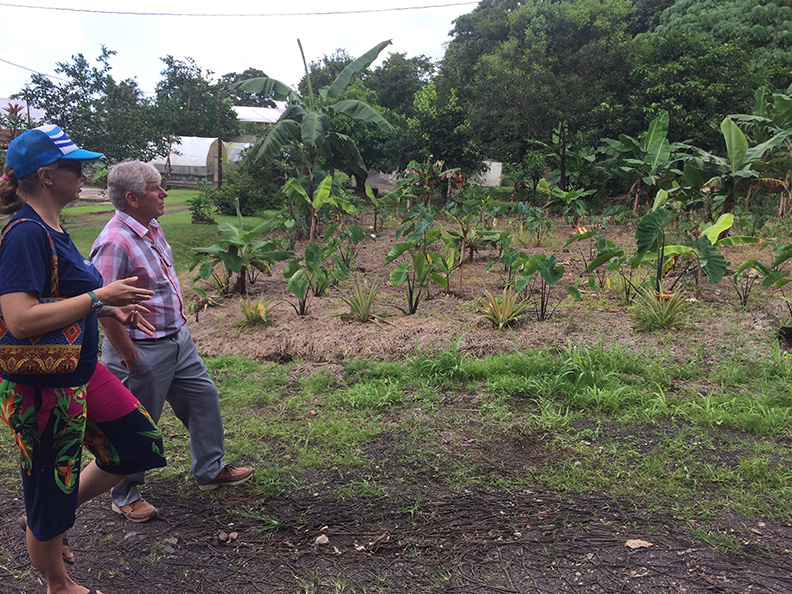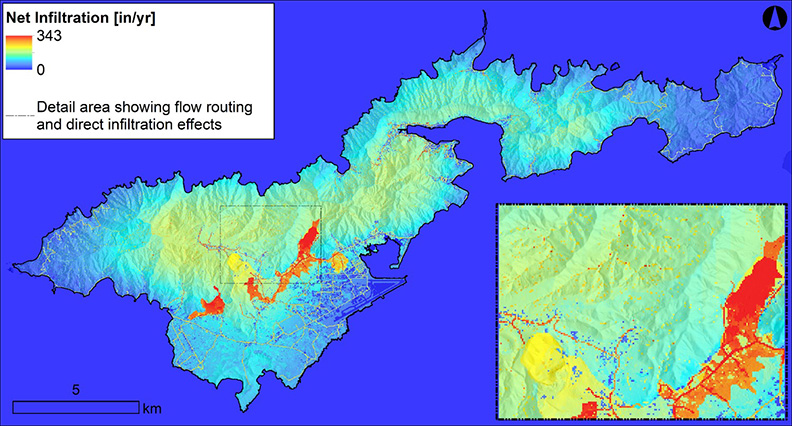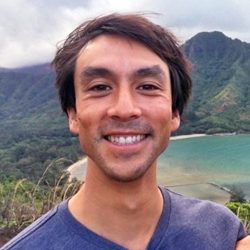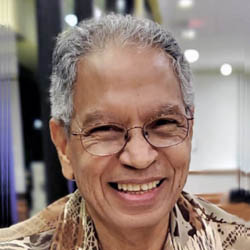SPONSOR:
Pacific RISA / Water Resources Research Center
PROJECT PERIOD:
2015 – 2020
PROJECT PIs:
Chris Shuler and Aly El-Kadi
ABSTRACT:
On most volcanic islands in the Pacific, groundwater is the primary source of drinking water, and its quantification is essential for well-informed management of this limited resource. In this study we apply a geospatial water budget approach using the Soil Water-Balance-2 model (SWB2) to Tutuila, the main island in the Territory of American Samoa. We also assess potential future change in recharge by substituting rainfall and temperature projections from dynamically downscaled climate global climate model predictions. The resulting projections of future recharge are important to understanding the future sustainability of life on Tutuila as recharge is a major driver of water resources availability. In addition to assessing future climate scenarios, we are working to apply a participatory approach with multiple stakeholder groups throughout Tutuila, to develop possible future land-cover scenarios to substitute into the SWB2 model. Present day results indicate approximately 54% of Tutuila’s rainfall infiltrates as groundwater recharge, 8% is lost to canopy evaporation, another 15% is lost to evapotranspiration from soils, and 21% is discharged as stormflow-runoff. Future climate scenarios suggest an increase in total groundwater recharge of 17% to 27% might be expected by the end of the century, depending on the emissions scenario used.
Project Publication:
Shuler, C.K., and A.I. El-Kadi. 2018. Groundwater Recharge for Tutuila, American Samoa Under Current and Projected Climate as Estimated with SWB2, a Soil Water Balance Model7. WRRC Special Report SR-2018-04. Water Resources Research Center, University of Hawai‘i at Mānoa, Honolulu, Hawai‘i. 42 p.
Url to project page
https://github.com/cshuler/SWB2-Particapatory_Scenarios
PRINCIPAL INVESTIGATOR



